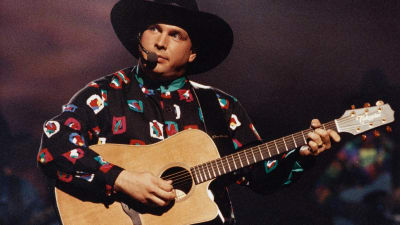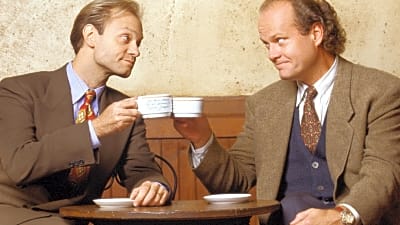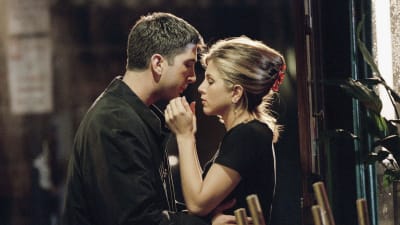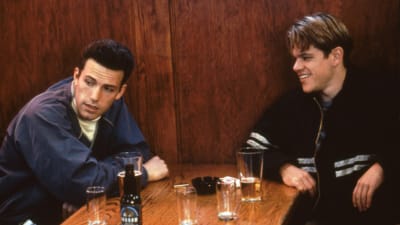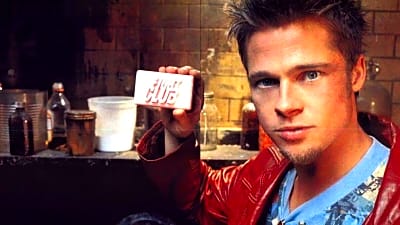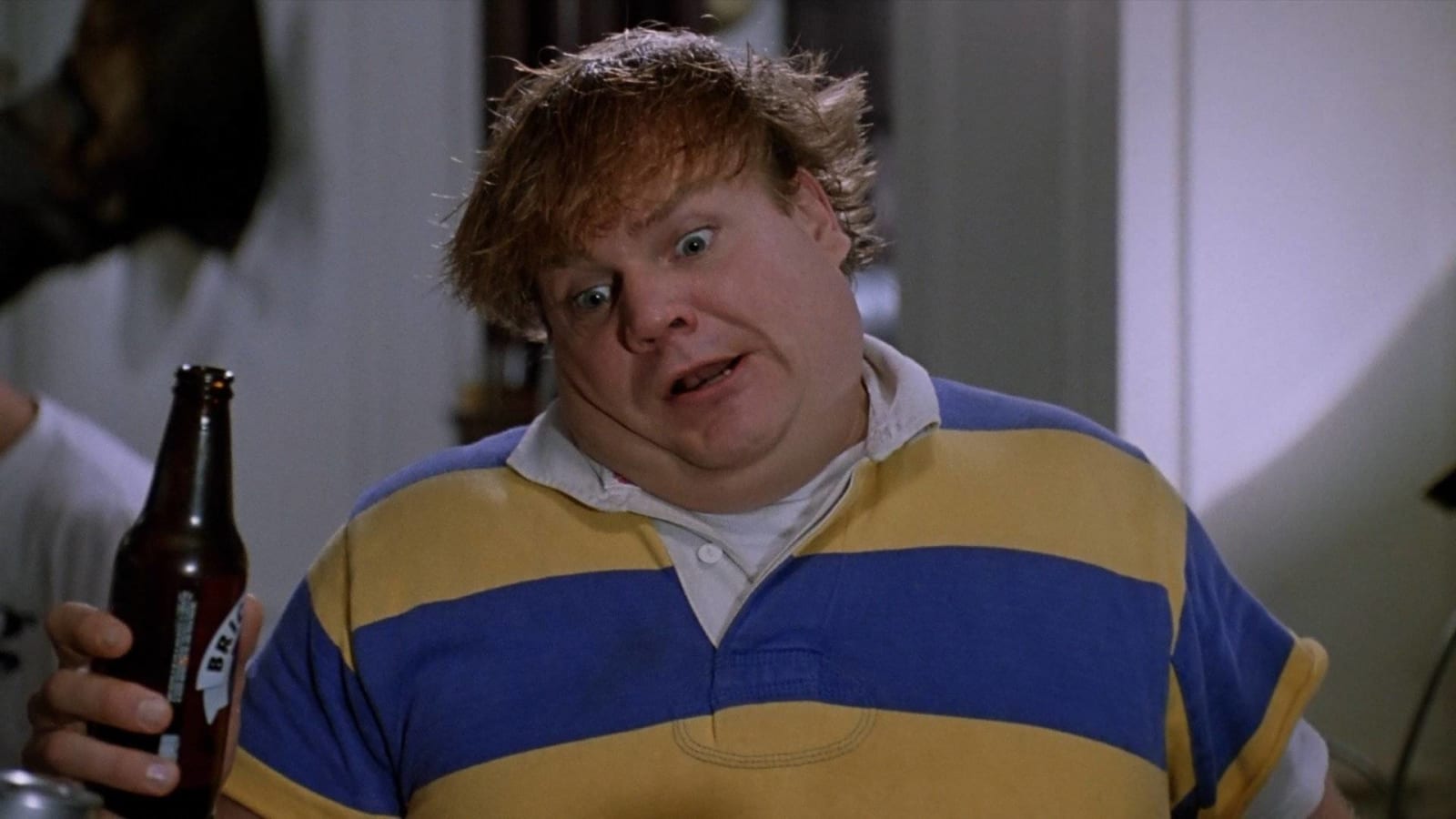
'Tommy Boy,' 'SNL' and the timeless hilarity of Chris Farley
Lorne Michaels had high hopes for “Saturday Night Live” as a feature film launch pad after the big-screen version of “Wayne’s World” grossed $121 million domestically on its way to becoming the eighth-highest grossing movie of 1992. The show, wrapping up its 17th season, had largely been driven by its popular recurring sketches, so Michaels’ strategy going forward was simple: Mine the series’ past for beloved characters and make a box office killing via modestly budgeted big-screen adventures featuring everyone from the Coneheads to the Church Lady.
This plan failed immediately and spectacularly. “Coneheads” bombed big time in the summer of 1993. “It’s Pat” was dumped on a paltry 33 screens in the late-August dead zone of summer 1994 en route to an embarrassing $31,370 gross. After getting bumped around Paramount’s release slate, the Harold Ramis-directed “Stuart Saves His Family” quietly died in 400 theaters during the spring of 1995. Worst of all, “Wayne’s World 2” cost twice as much as the first film and took in less than half its domestic gross. Meanwhile, Michaels’ “SNL” impish problem child, Adam Sandler, had struck out on his own with producer Robert Simonds and scored two hits with “Billy Madison” and “Happy Gilmore."
As the preserved-in-amber sensibility of “SNL” demonstrates year after year, Michaels is no fan of shaking things up. But he does abhor any type of failure connected to the pop cultural institution that is his sole legacy, and so in 1994, he pulled two of his most talented, troublemaking stars off the bench and stuck them in a buddy comedy about a ne’er-do-well auto parts heir and a straitlaced company man crisscrossing the Midwest to save the family business.
Though written by Michaels’ go-to screenwriting team, Bonnie Turner and Terry Turner, from “Wayne’s World," "Tommy Boy" was blessedly free of a stale sketch origin. It was just a formulaic road movie that would showcase the series’ most explosively funny force of nature since John Belushi. Given that he’d slayed in select scenes from previous “SNL” films, it was time to find out if Chris Farley was a movie star.
Farley was not yet a full-fledged “SNL” repertory player when he broke out as an exuberantly rotund Chippendale dancer opposite host Patrick Swayze on the show's Oct. 27, 1990, episode. For dedicated fans of the show, it was akin to watching Eddie Murphy shatter the dead silence of a 1980 Weekend Update as high school basketball player Raheem Abdul Muhammed. The sketch is little more than an excuse to stuff a heavyset man in ill-fitting stripper garb and have him gyrate wantonly next to a perfectly sculpted Adonis. And while it takes a mean-spirited turn at the end (veering away from the twist it’d employ today if it made the air), Farley’s go-for-broke energy is infectious.
The audience might start off laughing at the extreme physical disparity between the two performers, but once Farley is fully revved up, the entirety of Studio 8H is cheering him on. His character is proud of his form (until the writers inexplicably close the sketch with fat jokes).
From that point forward, Farley’s utility at “SNL” was generally as a quick-to-explode funnyman. Tom Schiller exploited this quality to uproarious effect in his classic 1991 spoof on hidden camera coffee commercials (the year Farley was promoted to the first-string cast), while Farley took it even further by introducing the frighteningly impassioned motivational speaker Matt Foley (a character he’d developed prior to “SNL” with Bob Odenkirk). For years, when Farley showed up in a sketch, it was only a matter of time before he crashed through a breakaway table.
If this were the extent of Farley’s appeal, he would’ve burned through the audience’s goodwill in one or two seasons. What kept him fresh and funny was the awkward sweetness that tentatively peeked its head out in his “The Chris Farley Show” segments, where he’d nervously ask superstars such as Paul McCartney questions like “Remember when you were in The Beatles?” If you’ve ever been tongue-tied while meeting a celebrity, you know Farley’s “God, I’m such an idiot” pain acutely, and, as in the Chippendales skit, you laugh in sympathy with this flailing goofball.
By the mid-1990s, “SNL” boasted an imbalanced roster of checked-out superstars like Mike Myers and Adam Sandler, and for-hire comedy legends like Chris Elliott and Michael McKean. (It was the show’s most bizarre cast since the Season 11 mix of Randy Quaid, Robert Downey Jr., Anthony Michael Hall and Joan Cusack.) Farley was still there, laying waste to sets with maniacal aplomb, but he was hitting the same chaotic notes with diminishing returns. He seemed miserable. Worse, he appeared to be in dire physical shape: His breathing was labored, he started sketches drenched in sweat and he strained for laughs.
Once upon a time, you were primed to howl whenever Farley bounded in front of the camera; now, you feared for his safety. The joy was gone. It didn’t help that we’d read the stories of his wild off-camera exploits, which uncomfortably mirrored those of Belushi’s. No one wanted to replay that sad chapter in entertainment history. We wanted Farley to dazzle us for decades to come.
The theatrical trailer for “Tommy Boy” did not inspire confidence. It opens with Farley and Brian Dennehy ogling a still stunning Bo Derek as she emerges from a swimming pool (must’ve been a hit at the test screenings) before devolving into one clip after another of Farley doing unintentional physical harm to his person (with Spade occasionally interjecting a smarmy retort). It was absolutely more of the same — precisely what audiences had rejected in every Michaels-produced movie since “Wayne’s World."
Perhaps this is why “Tommy Boy” was not a box office juggernaut. The $32 million domestic on a $20 million budget was hardly ideal, but the film at least won its opening weekend. The reviews were mixed, but broad comedies have traditionally been critic-proof. The movie came and went theatrically, and that seemed to be that.
That was unless you happened to watch the movie in a packed house with an audience that had fallen in love with Farley ever since he flossed his heaving crotch with a sweat-stained dress shirt in that Chippendale skit — because “Tommy Boy” is much, much more than Farley’s greatest hits on a studio comedy budget. The Turners’ script (with key input from “SNL” writer Fred Wolf) and Peter Segal’s polished direction conjures up the heartfelt magic of John Hughes. Farley’s Tommy may be a privileged party boy in dire need of a real-world wake-up call, but he’s no Eric Stratton or, to cite one of Hughes’ least sympathetic characters, Ferris Bueller, he’s a big-hearted naïf desperate to do his unconditionally loving father proud. And the only way he can save his father’s business is to endure the nonstop but, for the most part, necessary snark from Spade’s competent executive-in-training.
Though we’d been watching Farley for five years on “SNL”, his performance in “Tommy Boy” was a revelation. The Belushi comparison completely fell apart here. “Continental Drift” notwithstanding, Belushi had an edge. Farley’s histrionics were bluster; his Tommy is very much in a John Candy register. While it may seem insensitive to compare Farley to other plus-sized comics, the fact is that in the visual medium, it’s been a type since the days of Fatty Arbuckle and Oliver Hardy. And no one was more aware of this than the actors whose careers initially depended on it.
But as Tommy comes into his own as a salesman, Farley exudes an easy charm, particularly in his scenes with Julie Warner, that is very close to the seductive stuff of a leading man. Sadly, it’s a guessing game, but whereas Candy went the “Marty” route with “Only the Lonely," you could see Farley shedding the nervous clown energy as he matured and showing off the ladykiller moves he evidently possessed in real life.
Had life not hurled a mess of curveballs at Farley, and had he not taken every ill-advised cut, we wouldn’t be tempted to read so much into what wound up being his best movie. His follow-up romp with Spade, “Black Sheep," was a curiously flat rehash of “Tommy Boy” that even director Penelope Spheeris couldn’t rescue. Paramount rushed that film into production after “Tommy Boy” became a smash hit in the home entertainment window, and it felt as carefully considered as a “Friday the 13th” sequel.
Lamentably, Farley and Spade went their separate ways onscreen after that, which found Farley hamming his way through the intermittently funny “Beverly Hills Ninja” and looking physically spent in every scene of Christopher Guest’s “Almost Heroes." At least his final onscreen appearance, as a rowdy drunk who accidentally plays “Escape (The Piña Colada Song)” to psych himself up for a bar fight in Bob Saget’s “Dirty Work," brought the old Farley ruckus. But he’d been dead for six months at that point, and who felt like laughing?
The best Chris Farley story I’ve ever read resides in Norm MacDonald’s hilariously unreliable memoir, “Based on a True Story." It’s not my story to share, and I’m not one to spoil a brilliantly constructed gag (it’s in Chapter 14), but it beautifully conveys not only Farley’s commitment to a bit, but also, most importantly, his willingness to blow an amazing joke on an audience of one just for a great laugh.
That was Farley writ large every night on “SNL” and in “Tommy Boy." There was no distance with him. Everything was for our enjoyment. Then he was on to the next bit and the next until at some point he had to be alone. And then. The world has felt a lot lonelier since Chris Farley left it.
More must-reads:
- What are the best and worst Nickelodeon movies?
- FOX sets premiere date for season 37 of "The Simpsons," rest of fall schedule
Breaking News
Trending in Entertainment
Customize Your Newsletter
 +
+
Get the latest news and rumors, customized to your favorite sports and teams. Emailed daily. Always free!
